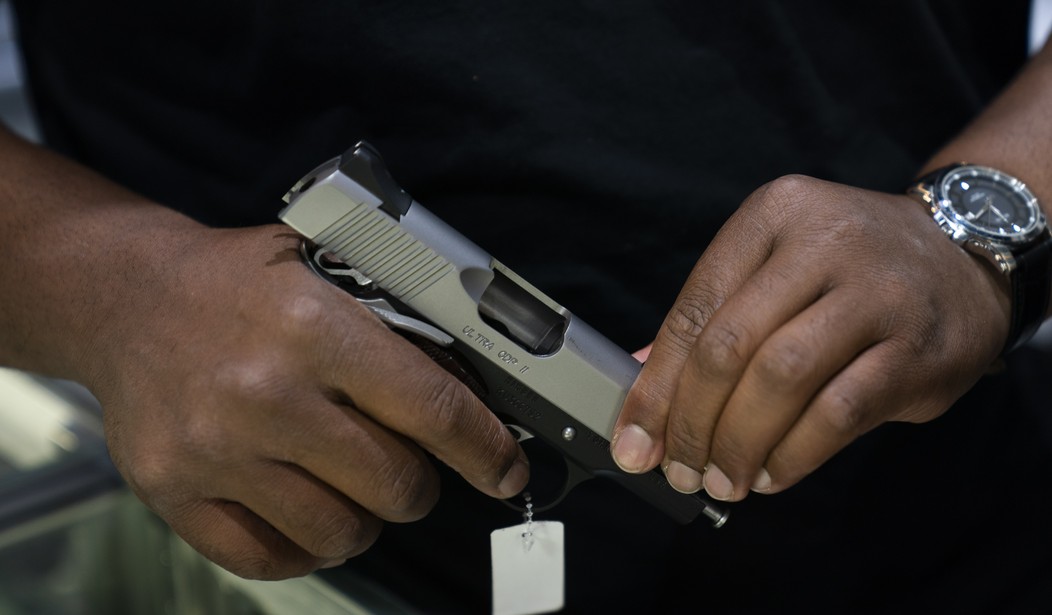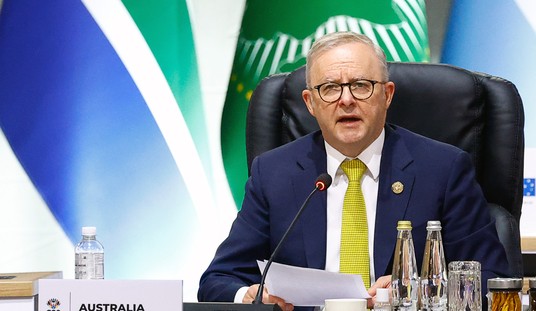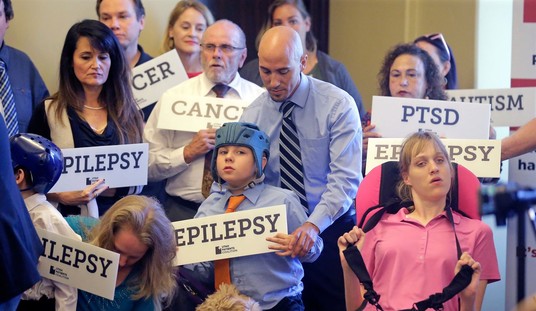With large majorities in the state legislature and one of their own now installed as governor, Maryland Democrats are taking aim at the right to right to bear arms in a big way this session. As we’ve previously reported, SB 1 is, in essence, a “can’t carry anywhere” bill that makes it a crime for those with concealed handgun permits to carry within 100 feet of any “public space,” in addition to explicit prohibitions in a wide variety of “sensitive places.”
The bill is yet another attempt by Democrats around the country to flagrantly flout the Supreme Court’s decision in New York State Rifle & Pistol Association, which made it clear that “sensitive places” are the exception and not the rule when it comes to respecting the right to carry a firearm in public for self-defense. But as community advocate and Baltimore City Republican Central Committee member Chris Anderson writes at the Maryland Reporter, SB 1 is also an attack on the growing number of black residents in Maryland who are embracing their Second Amendment rights.
First, the bill’s 100-foot rule overlooks the geographic disparities that exist between Black and white Marylanders. Across the U.S., four out of five whites live outside of cities while 70 percent of Blacks and Latinos live in the cities or inner-ring suburbs.[5] For those of us who live in cities like Baltimore, nearly every venue around us is a “public” place.
In the case of my family who largely reside in West Baltimore, a “public place” can be mean a corner store, a gas station, or a liquor store—all are often within 100 feet from most of our rowhouses. Should the suggestion be that to have a carry permit, we must then move to a more rural area where there are no corner stores or nearby liquor stores? If so, the opportunities for Blacks, particularly Black Baltimoreans, to move to a more rural or exurb community is very limited; roughly 23.1 percent—nearly double the national average–of Baltimore City’s residents live below the poverty line.[6]
Secondly, the bill glosses over the fact that a January 2023 Gonzales Maryland poll found that the majority of Black respondents (35%) believe crime is the most important issue.[7] In 2022, Baltimore City was unable to break the violent cycle of more than 300 homicides for the 8th consecutive year.
In efforts to seek protection, many Black Baltimoreans, particularly Black women, have sought to purchase a firearm for their protection. According to a 2022 National Firearms Survey, nearly half of new gun owners were women and a fifth of those were Black women.[8] These facts trigger a set of thoughts that plague many Black Marylanders who are well aware of the racial history that precedes many of our laws. In this light, is SB1 a genuine effort to address crime in our communities or is it merely a white backlash to the growing number of Black Americans seeking carry permits?
That’s a great question, especially given the comments by New Jersey Assembly member John McKeon back in November, as lawmakers in the Garden State were debating their own carry restrictions. McKeon asked if anybody really wants “to put more guns in the hands of people that live in Paterson and Newark and Elizabeth and Camden”; which just happen to be the cities in New Jersey with some of the largest populations of black and Hispanic residents.
Whether by accident or design, Anderson says SB 1 would still have a disparate impact on black gun owners in Maryland; particularly those in urban areas.
If passed, Senator Waldstreicher’s bill would create two-levels of citizens: one where citizens of rural and exurb communities are free to carry firearms and another where minorities in urban centers are restricted in protecting themselves.
And should we find ourselves in the unfortunate situation where we encounter a police officer as Philando Castile did, our words that we are lawfully carrying a firearm would mean nothing. They would come at the discretion of a police officer and a jury ordered to follow a law that unfairly punishes minorities and urban residents.
SB 1 would be bad news for every responsible gun owner in the state but I agree with Anderson that the harm would fall disproportionately on those in urban areas, particularly in Baltimore. As a group of public defenders in New York noted in their amicus brief supporting the New York State Rifle & Pistol Association’s challenge to the “may issue” laws struck down in Bruen, while 18% of New York residents are black, in 2020 they accounted for 78% of the state’s felony gun possession cases.
Black people were also more likely to have monetary bail set, as opposed to release on their own recognizance or under supervision, even when comparing individuals with no criminal record. When looking at only N.Y. Penal Law § 265.03(3)—which alleges only possession of a loaded firearm—80% of people in New York who are arraigned are Black while 5% are non-Hispanic white.
Furthermore, according to NYPD arrest data, in 2020, 96% of arrests made for gun possession under N.Y. Penal Law § 265.03(3) in New York City were of Black or Latino people. This percentage has been above 90% for 13 consecutive years.
Maryland Gov. Wes Moore has been talking a lot about reducing mass incarceration over the next couple of years, but if he’s truly serious about that then he and his fellow Democrats need to take a second look at SB 1 and its real impact. Violent criminals aren’t going to be touched by a law restricting where licensed concealed carry holders can exercise their Second Amendment rights. Instead, it will entrap the very people the state has deemed suitable to lawfully carry a firearm. SB 1 isn’t just a “can’t carry anywhere” bill that violates a fundamental right, it’s completely at odds with the Democrats’ professed desire to reform the state’s criminal justice system. They might be willing to gloss over the contradiction, but I’m glad that Chris Anderson is calling them out.








